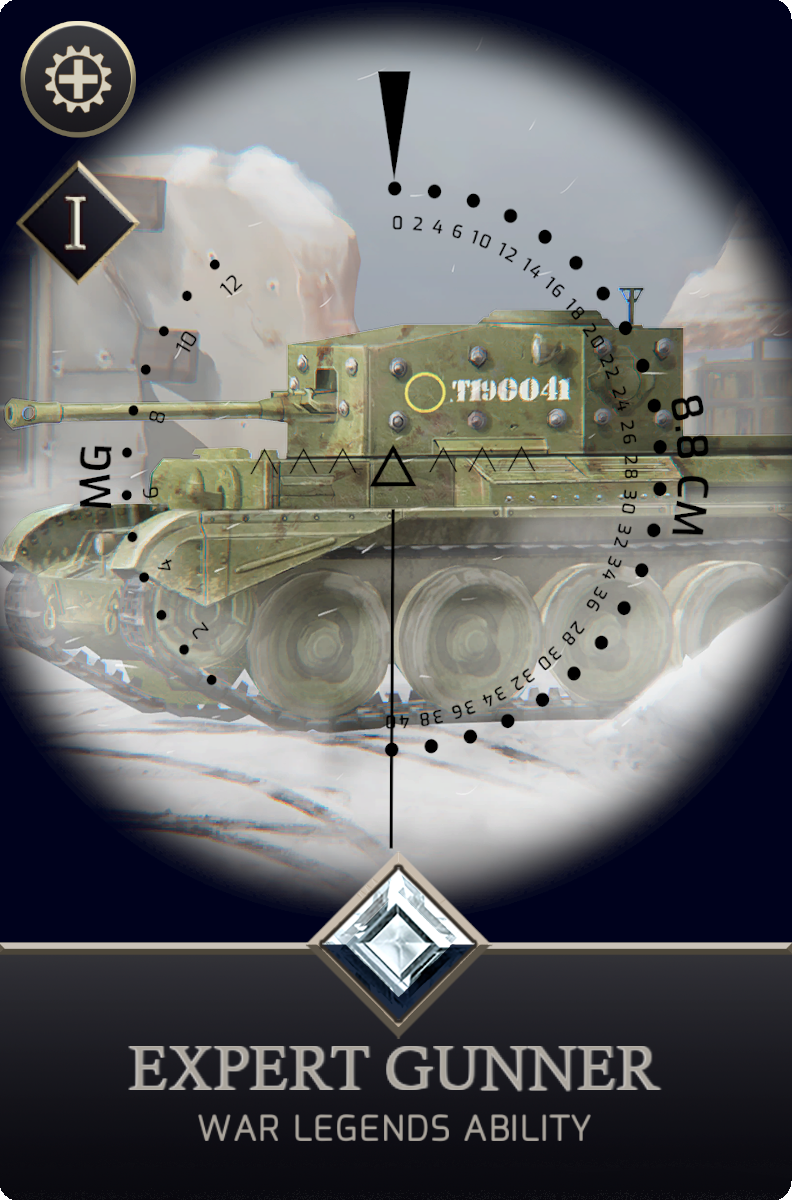


Ability Background
In Latin "Artillus" which means wit, or by the name of a monk John Tillery and hence the expression "art of Tillery" that over time contracted in Artillery, experts do not reach a consensus on the etymology of the word artillery , but it is known that this concept dates back to the invention of gunpowder and the cannon back in the 9th century in China, for recreational and religious purposes and introduced in Europe by the Byzantines around the 11th and 12th centuries where it began to be used with war purposes.
They were probably used for the first time during the reconquest of the Iberian Peninsula in the 13th century and there is evidence of their use in the 100-year war during the Battle of Crecy in 1346, periods included in the Middle Ages.
The cannons were a very effective element against the Infantry, since their mere image and sound when fired instilled fear affecting morale.
Smoothbore (non-rifling) guns could fire a spherical lead or iron projectile for focused damage, or shrapnel could be loaded for more scattered damage.
Artillery also revolutionized naval warfare, because until the modern age, ships incorporated reinforcements on their bows called spurs, with which they charged enemy ships in order to cause severe damage. With the invention of artillery, ships did not have to get so close, thus reducing the possibility of collision.
Over time, the cannons were perfected, giving way to a whole series of war machinery specialized in different tasks, since currently there is anti-aircraft, naval artillery, infantry support, Howitzer, anti-tank and endless purposes.
what never changed throughout history was the handling of the weapon, a soldier is always necessary to insert the ammunition, point and shoot.
As in a modern ship in a tank the skill of the gunner should be more prominent as they face moving targets and a missed shot can spell death for the entire crew, an experienced gunner will be able to achieve a higher rate of shots and hits. higher than a novice gunner.








